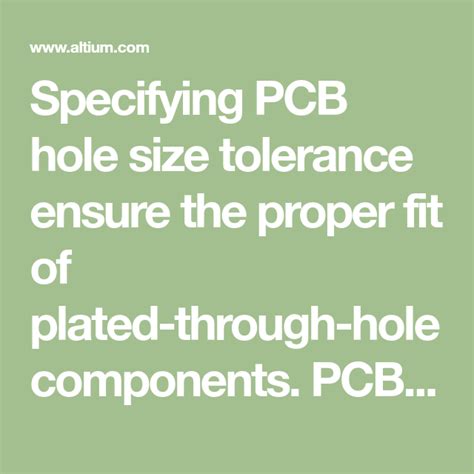
Understanding Manufacturing Tolerances on a PCB – Finished Hole Size Tolerances
Introduction to PCB Hole Tolerances Printed Circuit Boards (PCBs) are essential components in modern electronics, serving as the foundation for mounting and connecting various Electronic[…]
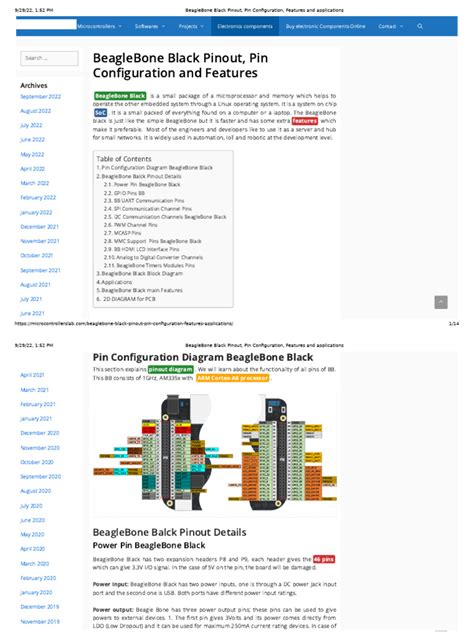
Beaglebone Black Pinout: Pin Configuration, Specification, and Application
Introduction to the Beaglebone Black The Beaglebone Black is a low-cost, community-supported development platform for developers and hobbyists. This credit-card-sized Linux computer is equipped with[…]
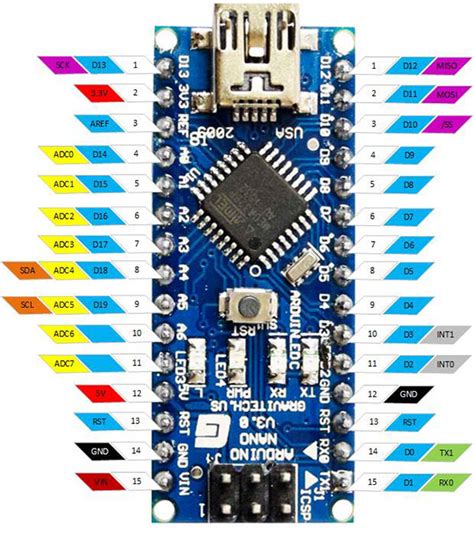
Arduino Nano Pinout: Specifications, Pin Descriptions, and Programming
Arduino Nano Specifications Before diving into the pinout details, let’s take a look at the key specifications of the Arduino Nano: Specification Arduino Nano (3.x)[…]
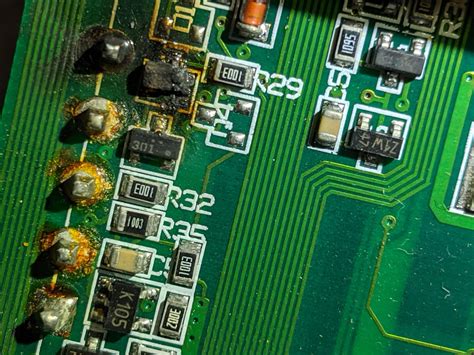
You Need To Know A Simple Guide on Electronic Components
Introduction to Electronic Components Electronic components are the building blocks of modern electronic devices. They are essential in creating circuits that perform various functions, from[…]

19 Big Advantage of China PCB Manufacturer
Introduction China has become a global hub for PCB manufacturing due to its competitive advantages. In this article, we will explore the 19 key advantages[…]
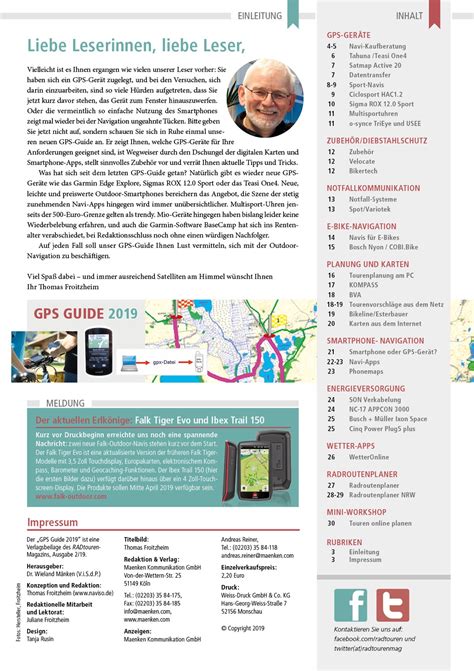
GPS Module: A Beginner’s Ultimate Guide
What is a GPS Module? A GPS (Global Positioning System) module is an electronic device that receives signals from GPS satellites and calculates its location[…]
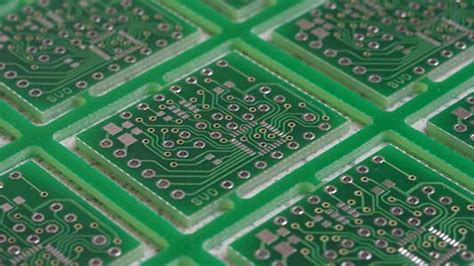
PCB Assembly Cost-6 Ways To Breakdown
Factors Affecting PCB Assembly Cost Several factors influence the cost of PCB assembly, including: PCB design complexity Component selection and availability Manufacturing process and technology[…]
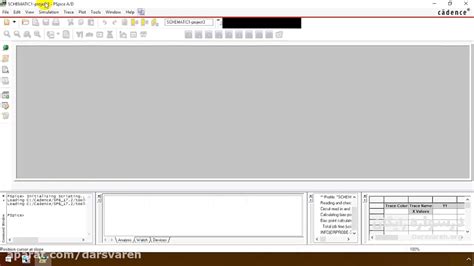
How to Design DC Circuits With OrCAD
Introduction to OrCAD and DC Circuits OrCAD is a widely used EDA tool that offers a range of features for designing, simulating, and analyzing electronic[…]
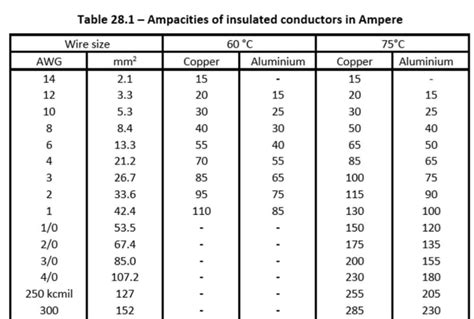
How To Use Wire Ampacity Calculator(Fundamentals)
What is Wire Ampacity? Wire ampacity refers to the maximum current-carrying capacity of an electrical wire or cable before it sustains damage or becomes unsafe.[…]
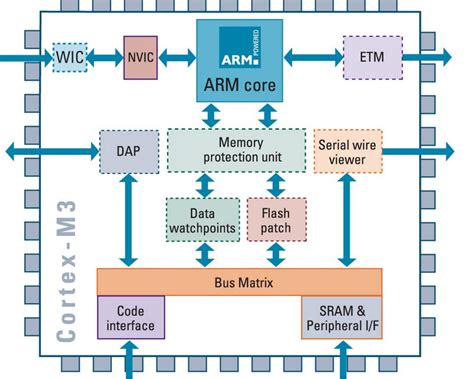
ATMega328P: A Detailed Explanation
Microcontroller Overview The ATMega328P is a popular 8-bit microcontroller from Atmel’s megaAVR series. It is widely used in hobbyist projects, embedded systems, and educational settings[…]